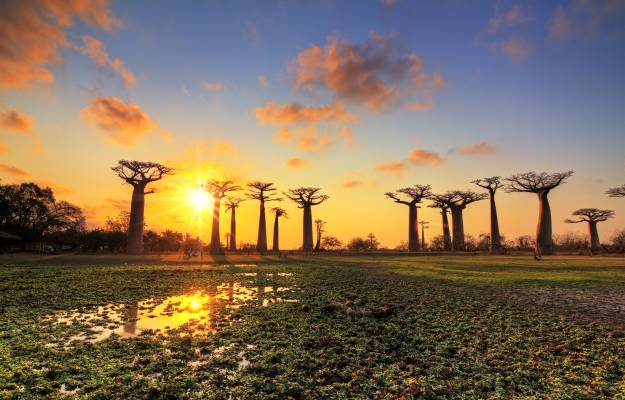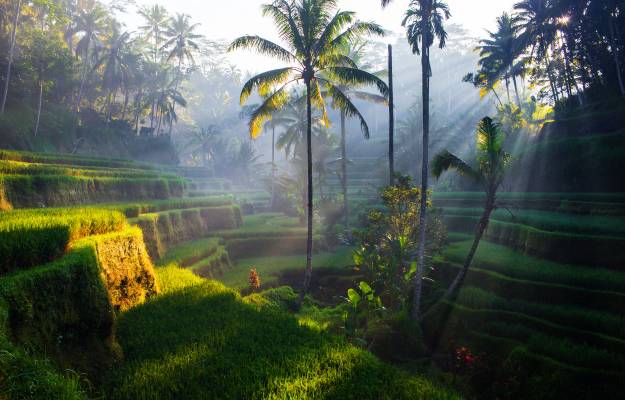
Spotlight on Trujillo, Peru
They don’t get as much attention as the Incas or the Mayans, but the Moche constructed grand cities and striking temples that influenced the landscape of northern Peru.

Meet the Moche.
You may not have heard of them—they don’t get the press of the Incas or the Mayans—but for about 600 years at the start of the first millennium, the Moche constructed grand cities, striking temples and an intricate system of irrigation that helped them productively farm a narrow strip of land between the Andes and the Pacific in northern Peru.
In their structured society, peasants farmed the land and provided food for the nobility, much like the feudal system in Europe. To keep order and appease the gods, those Moche nobles engaged in some pretty bloody rituals. (More on that later.)
Moche temples or huacas (sacred sites) towered over each of their cities. Made of millions of adobe bricks, these pyramidal structures served as administrative centers, temples and palaces. Typically, each Moche city would have two large huacas—some more than 100 feet tall—with the middle class living in small adobe houses between the ceremonial pyramids. One of the largest, Huaca del Sol, housed the tombs of several Moche leaders and was largely destroyed by pillaging conquistadors, but the rich collection of evocative murals in nearby Huaca de la Luna remains mostly intact.
Because the Moche didn’t have a written language, much of what we know about their society comes from a study of their intricate art, especially their murals and pottery. Moche ceramics are prized worldwide for their realistic depiction of people involved in militaristic and erotic exploits. Hundreds of ceramic figurines have been unearthed in archaeological explorations, and they depict a prosperous society that told stories to educate and entertain its people.
In both ceramic and mural art, violence emerges as a significant part of Moche society. Some of the murals being restored in Huaca de la Luna show Moche warriors engaging lustily in battle, ritual decapitations and human sacrifices. Archaeologists have even identified a kind of warrior god called Aiapaec or the Decapitator, which looks like a fanged octopus with fearsome heads at the end of each tentacle. Certainly not something you’d want to meet as you were walking back from the cornfield to your adobe house in the shadow of Huaca del Sol.
Not too long ago, archaeologists excavated a pit near the Huaca de la Luna that contained the remains of a large number of human sacrifices, many of whom had been decapitated and dismembered perhaps in order to appease Aiapaec, who was in charge of bringing the rain to this arid region.
Strangely, for a people who prayed constantly for rain (Trujillo averages one or two rainy days per month), what climatologists call a “mega El Niño event” almost caused the destruction of their society. Between 550 and 600, there was a period of 30 years of torrential rains followed by 30 years of almost continuous drought. For an elite that governed by pretending purporting to control the weather, this was a devastating event—and many of the large cities were abandoned during this time of starvation and unrest.
The Moche survived, however their dominion shrank, and, tellingly, their huacas were forsaken for massive fortresses, perhaps indicating a shift in cultural attitudes. Prosperity and stability had been replaced by scarcity and fear. No one knows exactly what happened to cause the Moche to eventually disappear, but modern archaeologists are still tracing the life and death of their society through the artifacts and stories of one of South America’s most enigmatic civilizations.
Trujillo is featured on our Around the World expeditions.






